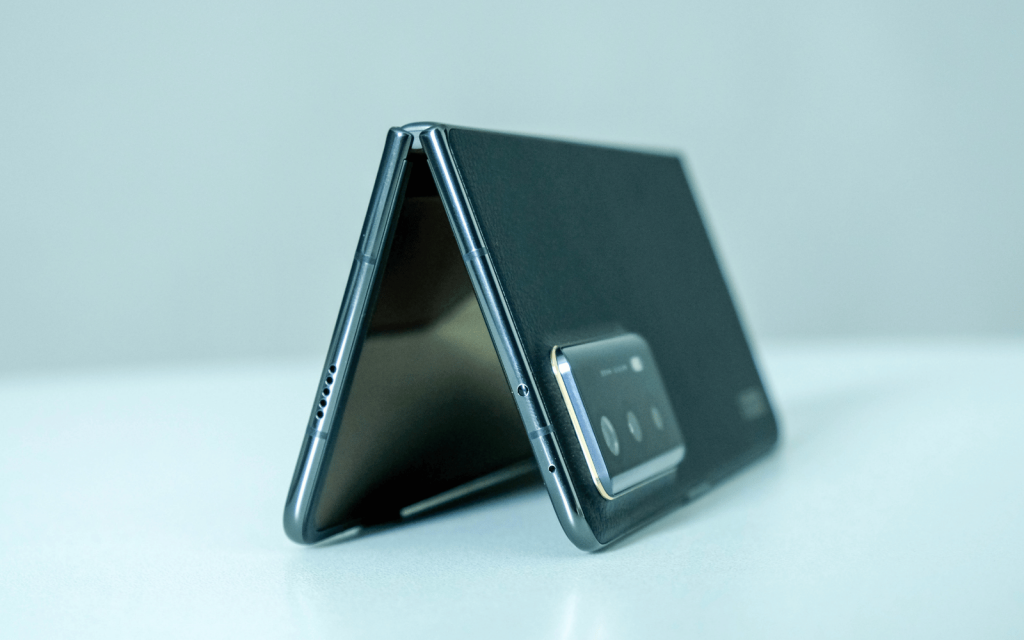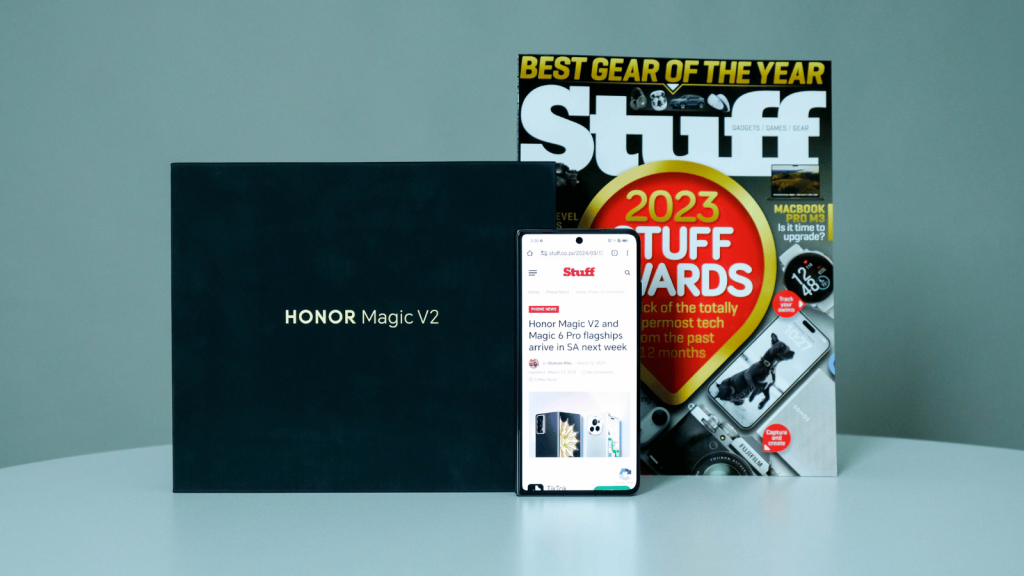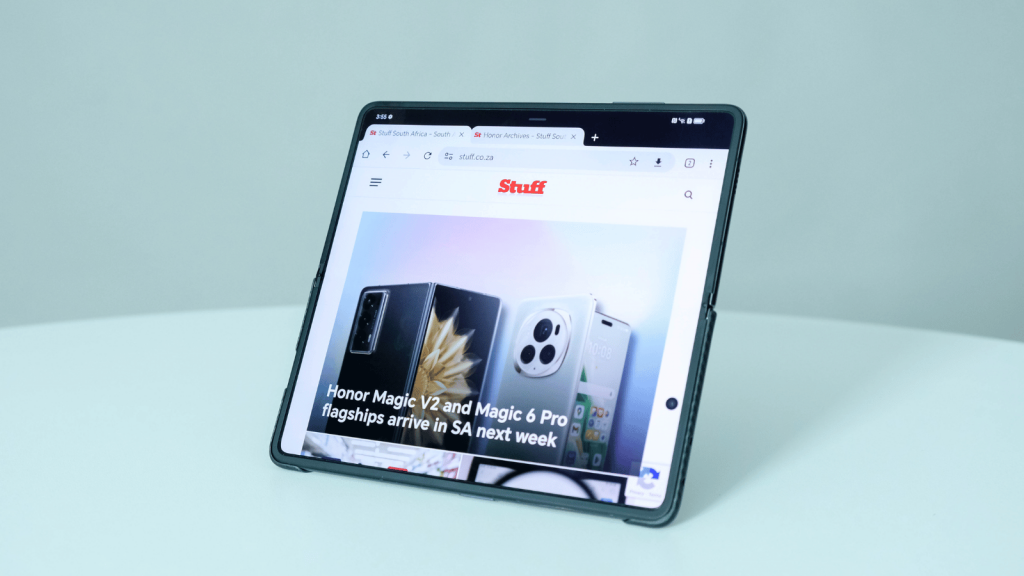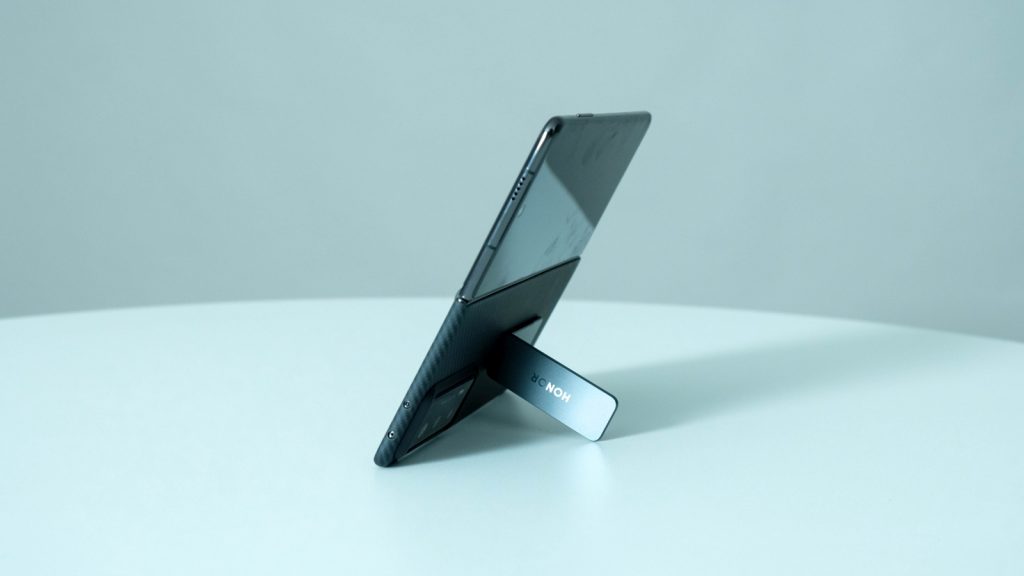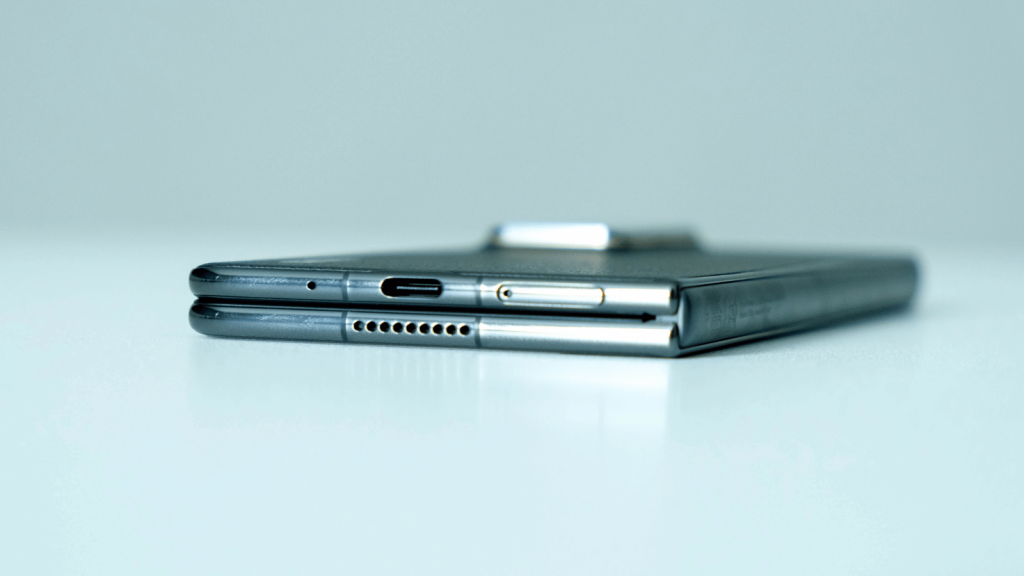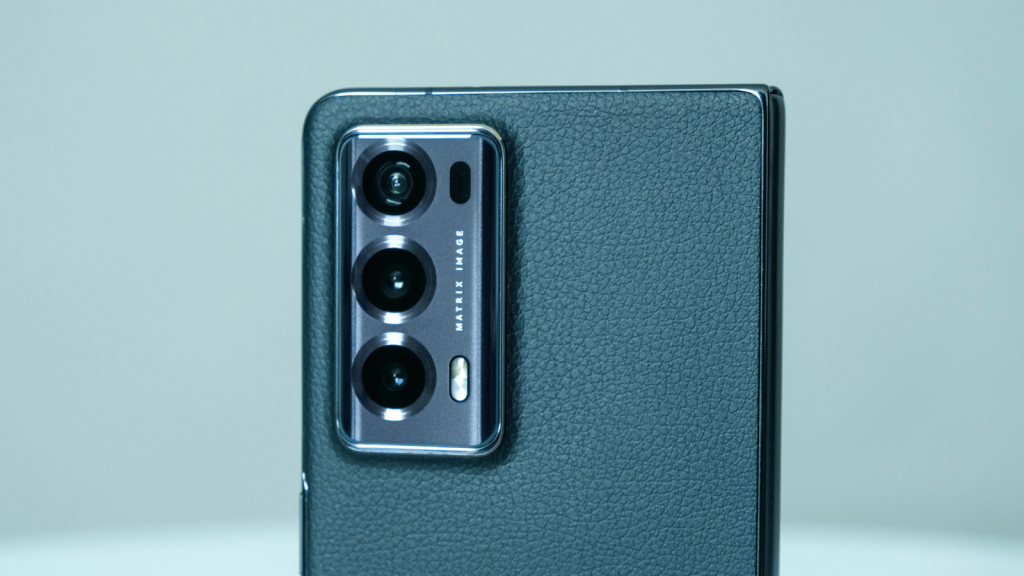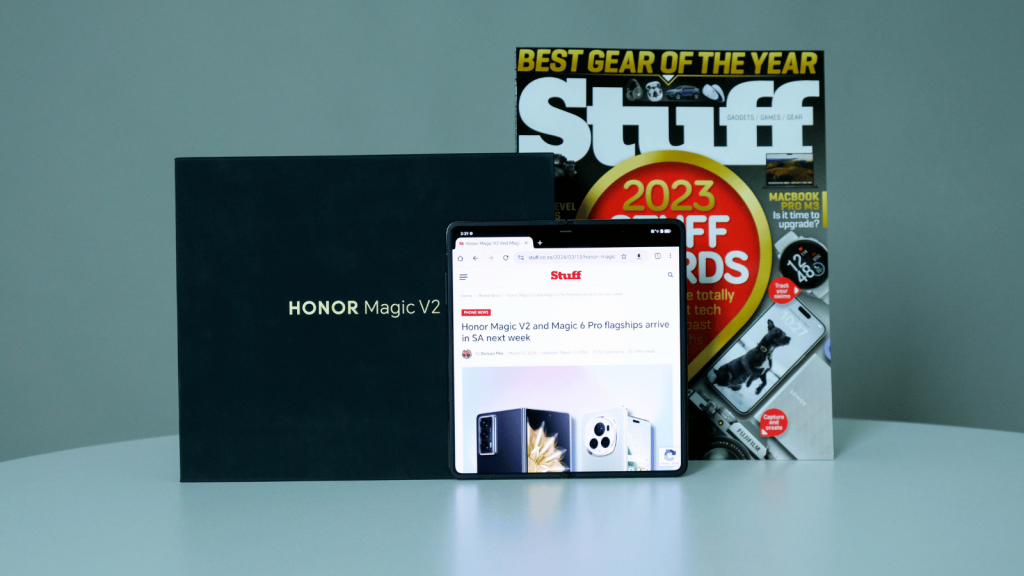Don't let the ageing specs fool you. The Honor Magic V2 is still plenty powerful by today's standards. Not only does it offer decent performance but it also features two fantastic displays, a more-than-capable trio of camera lenses, and enough battery life to get you through the day while still being the world’s thinnest and lightest foldable.
-
Design
-
Performance
-
Battery
-
Camera
-
Value
With the local launch of the Magic V2 and Magic 6 Pro, it’s clear that Honor is committed to cementing a strong position for itself as a leading smartphone brand in South Africa.
It was never going to be an easy task contending with global powerhouses like Samsung and Apple but Honor has laid a strong foundation over the last few years with decent entry-level and mid-range offerings. Thankfully, its latest flagship devices continue that trend – albeit with varying degrees of success.
Better late than never
The Honor Magic V2 landed in SA only a few months after it was introduced to the global market at MWC 2024 and eight months after it launched in China. Its age is apparent on paper with a 2022 Snapdragon 8 Gen 2 SoC inside and Honor’s Android 13-based MagicOS 7.2 operating system on top. As old as it is, the ageing hardware is still plenty capable today.
It might be relatively old, but the Magic V2 is still the thinnest and lightest folio-style foldable smartphone on the market. Other brands are starting to catch up but, for now, Honor retains those bragging rights.
We didn’t think that title would make as much difference as it does. The Magic V2 is only 22g lighter than Samsung’s Fold 5. That’s roughly the weight of a small mouse (the rodent, not the peripheral). But our tune quickly changed once we had it in hand. Together with its thin design, measuring only 9.9mm when folded, this is the closest we’ve come to a folding phone that doesn’t feel like you’re holding two phones hinged together.
There are, however, a few drawbacks to this. The thin, curved sides of the magnesium alloy frame can make it difficult to unfold two-handed if you aren’t paying attention and you can forget about only using one.
There also isn’t any official ingress protection. We found some rubber around the SIM tray which tells us it would probably survive a light drizzle but we certainly wouldn’t bet on it. We also recommend steering clear of sandboxes and linty pockets.
Where did Honor find the space?
As thin and light as it is, the Magic V2 is still a flagship smartphone packed with the high-end tech you’d expect to find for this price.
Upfront, you’ll find a 6.43in LTPO OLED display. It sports a decent 1,060 x 2,376 resolution and supports HDR10+, up to 120Hz refresh rate, and a 2,500-nit peak brightness. Towards the top, you’ll also find one of two 16MP selfie cameras.
Unfolding the Magic V2 reveals the other 16MP selfie cam embedded in an almost-square 7.92in display with a 2,156 x 2,344 resolution, capable of much of the same as the cover display although it will only manage a peak brightness of 1,600 nits.
We found ourselves sticking to the cover screen for standard smartphone tasks and switching to the inner display for games or watching videos – and for the single time that we needed to view a spreadsheet away from our PC.
We couldn’t find anything to complain about with the cover screen. Flagships these days (and even most mid-range devices) will provide a decent viewing experience at the very least. The inner display is big, crisp, bright (when it needs to be), and tends to hold fingerprints a little too well. It still has a pesky crease that flies under the radar until it catches the light. It’s still an eye sore but at least it doesn’t feel as bad to use as it does to look at.
Somewhere between the two displays is that generation-old Snapdragon 8 Gen 2 chipset we mentioned earlier, along with 16GB of RAM and 512GB of non-expandable storage. It might be old in the fast-moving tech industry but it still offers plenty of performance. We didn’t notice any performance-related hitches during benchmarks or daily use, whether we had one app open or three. It can even manage running two instances of the same game, although we struggled to come up with a reason for doing that beyond flexing on your poor friends.
Needs more cowbell
The Magic V2 we received came with MagicOS 7.2 which is based on Android 13 from 2022. While it provided some multitasking functionality, like using two apps split-screen with a third open as a floating window, we couldn’t help but feel Honor still has work to do if the Magic V2 and its successors hope to contend.
That’s not to say the work already done was for nought. Working between open apps proved straightforward – even if their layout wasn’t as flexible as other foldables – and many of our daily apps worked just fine when switching between displays. Although doing that often came with a warning but those ultimately amounted to nothing.
Not unlike the warnings we got that a naughty app was draining the battery too fast for the Magic V2’s liking. Those, too, amounted to nothing as we still ended most days with between 20-30% remaining from the 5,000mAh Silicon-Carbon battery. Expect that to be significantly less if you spend your time gaming. That inner display does provide a wonderfully large window into whatever you’ve loaded up but that comes at the cost of using more power which in turn results in a toastier phone.
When it’s time to charge, the Honor Magic V2 supports 66W wired charging from the included charger. That’s on par with or better than the locally available competition but where the Magic V2 misses out is in wireless charging – there isn’t any. Probably because it would’ve meant making the phone thicker and Honor couldn’t have that here.
Snappin’ them pics
While the Magic V2 lacks wireless charging, Honor didn’t exclude much from the rear three-lens camera system. It includes a 50MP main shooter, a 20MP telephoto with 2.5x optical zoom, and a 50MP ultrawide. You get OIS (optical image stabilisation) on the main and telephoto sensors and Honor’s added a dToF (direct time-of-flight) sensor for quicker and more accurate autofocus even in low light conditions.
Photos from Honor devices generally tend to be brighter with elevated contrast. Shots from the Magic V2 were no exception, especially when the main 50MP shooter was involved. This is best displayed in outdoor shots that feature lots of blue sky and green shrubbery. Usually, this worked in the V2’s favour, resulting in detailed punchy shots that sometimes revealed more than what’s displayed – we’ve never seen anything enjoy corn that much.
At other times, we found the Magic V2 either over-brightened shadows and smoothed out edges rather enthusiastically, resulting in pictures that lacked depth and contrast, or would overcompensate for not providing enough light to its sensor by ramping up the colour balance which can give photos an artificial look. Thankfully, this didn’t happen all too often and we reckon most folks will be suitably happy with their snaps so long as they don’t zoom in past 10x.
Honor Magic V2 verdict
There’s no denying that Honor has achieved something noteworthy with the Magic V2. It definitely isn’t cheap with a recommended retail price of R40,000 and it might not compare well on paper with the foldables expected to turn up later this year but it’s still powerful enough for most people and the price isn’t too far from what you’d have to pay for the Fold 5 or Mate X3.
Honor’s MagicOS software still needs improving but that isn’t to say it’s completely useless. There is also the added benefit of the Magic V2 coming preloaded with Google’s services – you’ll just have to wade through a bit of bloatware to get at it.
That notwithstanding, its decent performance, respectable camera chops, fantastic displays, and formidable battery life make it a top contender… at least for now.

